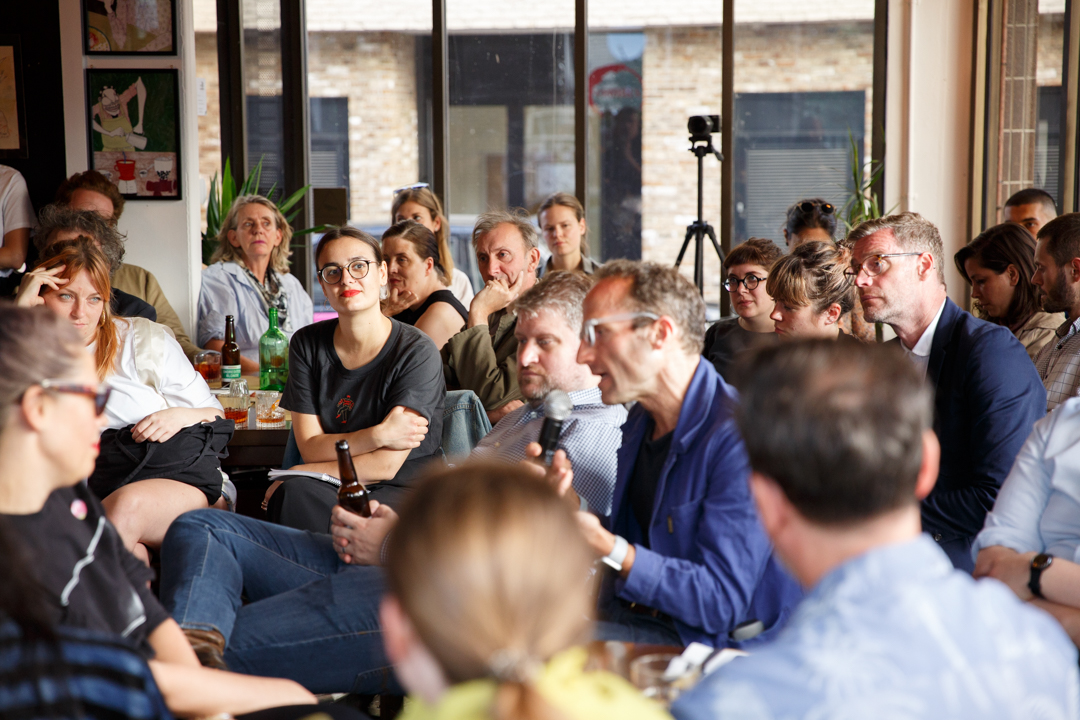- The Passage is a charity based in Westminster that supports people who are street homeless or living in insecure accommodation. In this piece they explore how they help homeless people transform their lives and overcome the boundaries of homelessness.

The mission of Passage is to provide resources to encourage, inspire and challenge homeless people to transform their lives. We provide a lifeline to those that have fallen on hard times, offering health, emotional support, employment and accommodation solutions which enable clients to end their homelessness for good.
The sad reality today is that the UK is in in the midst of a housing crisis and The Passage’s services are in higher demand than ever before. The lack of access to affordable housing, ongoing cuts to social care budgets and welfare reform have severely hit the most vulnerable in our society. The most visible sign of this is the alarmingly high number of people who are street homeless. For those of us that live or work in London, or have been visiting the city’s incredible architectural sites as part of London’s Festival of Architecture, can’t have failed to notice the lamentable number of people sleeping rough on our streets.
Homelessness can happen to any one of us; redundancy, home repossession, a broken relationship, mental illness, violence or abuse can all result in someone losing the roof over their head. Not having a home makes it that much harder to find a job, stay healthy and maintain relationships.
Boundaries don’t have to be physical, they can be emotional or psychological; they can be caused by language differences, fear, ignorance, or connected to a person’s mental health. Being separated from familiar communities or people can often feel as though a boundary has been crossed, leading to feelings of loneliness and isolation. For more vulnerable people, forging new connections, building new relationships and settling into new environments is an intimidating process and can be too daunting to face alone, particularly so for people who have experienced homelessness. Many former rough sleepers find that returning to their life on the streets is a less frightening idea than continuing to live somewhere that feels lonely and unfamiliar.

Home for Good is a London-wide resettlement support scheme. The only project of its kind in London, we recruit and train amazing volunteers who help clients settle into new homes that are often situated in unfamiliar areas. It recognises that homelessness is a trauma, and empowers people to move on by providing help and companionship. The project uses structured befriending and community support to reduce social isolation, build resilience and thereby prevent a return to the streets. Home for Good pairs a client with a volunteer, who will meet for an hour or so each week to chat and get to know the area together. Exploring local activities with friends can be a healing and empowering process, and can make it much easier to meet new people and build a sustainable life away from the streets.
Home for Good helps to break down the mental boundaries that can prevent smooth passage into a new community, and in many cases, the experience is as life-enhancing for volunteers as those they are partnered with. Partnerships come together from an organised ‘matching evening’, and are entirely based on chemistry and human connectedness, often creating friendships from two very different backgrounds.
There are many inaccurate perceptions relating to those we help in the street community. Home for Good is not just a precious chance to share experiences and deepen relationships with someone new; it’s also an opportunity to dismantle the barriers of ignorance or misunderstanding around this issue, and to spread this learning throughout a society in real need of it. Beneficiaries often have life experiences not far removed from those of their befrienders, be it gaining a qualification or establishing a career, relationship struggles, mental health issues or addictions.
‘I really valued the opportunity to befriend somebody that I might not usually have the chance to get to know, to become part of their life and learn some of their wisdom while enjoying each other’s company.’
‘[I enjoyed] being at the coalface and meeting the actual people, understanding their experiences/struggles. The satisfaction I got from that was wonderful, very positive and has been good for my mental health (and has improved my health and wellbeing).’
‘You get to meet people you wouldn’t meet in your own circles. I learn a lot from [my client]; his worldview. We talk about politics, food and recipes a lot.’
‘I would say that this experience has exceeded my expectations and it has been wonderful. [My client] is a positive role model and she helps me just as much as I help her.’
Quotes provided by Home for Good volunteers

Our work is based on the values and ethos of St Vincent de Paul who believed that vulnerable people needed to be helped by actions, not words. These values are core to all that we do: we strive to be inclusive, and we seek to be a place of hope, aspiration, change and innovation.
The Passage believes that in 21stcentury Britain, no-one should have to spend a night sleeping on the streets. Street homelessness should not be inevitable; it is preventable and can be ended. Before Home for Good, only 40% of clients maintained their tenancies; since establishing the programme in 2014, that figure has climbed to 98%. Help us maintain our extraordinary and urgent work.
If you want to learn more about The Passage, the Home for Good programme or how you can get involved go to: www.passage.org.uk

; ?>)










